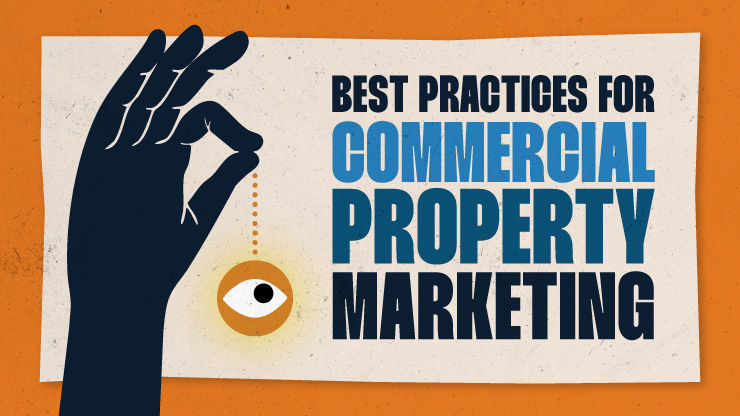Consumer Behavior: Crafting Your Communication
- Skye Revell
- Mar 14, 2021
- 3 min read

Consumer Behavior
“Consumers don’t think how they feel. They don’t say what they think and they don’t do what they say.”
Summarized quite succinctly by David Ogilvy, as consumers we are characterized by irrational quirks, emotion, and decision heuristics that display large influence on the thousands of decisions we engage in daily.
Maybe, But Not Me
To explore these irrational quirks, and how the display influence on our everyday behavior, this article will hone in on an integral part of our everyday interactions – communication.
Any form of communication has four key components: a sender, a receiver, a message, and a medium. Depending on your view you might argue the significance of one over another - and rightly so. After all, the brand must be credible, trustworthy, and authentic, the audience needs to fall within the demographic, psychographic, and geolocation of the brands’ target market. The message itself needs to cut through the clutter, resonate with the reader, and inspire some form of action, and the medium needs to effectively deliver the message in a targeted, cost-efficient, appealing manner.
While all play seemingly important roles for an interaction to be successful, it begs the question … which is most essential? I’d argue the message, but that’s a debate for another day.
How a Message is Crafted
The 7 – 38 – 55% rule of thumb for communication by Albert Mehrabian, implies that the meaning behind a sender’s message, and the understanding of that message by the receiver are largely constituted by body language – 55%, and tone of voice – 38%, while only 7% are the actual words themselves. I.e. more than 90% of what is meant and understood by personal communication has to do with HOW a message is conveyed, less so than WHAT is said.
While there are significant differences between a conversation you have with a friend, family member, or colleague, the essence of Albert’s theory holds in any brand communication with their audience. WHAT is said stands secondary to HOW it is said. The difference between an extremely successful piece of communication and one that resides with the clutter, can often be attributed to a subtle – well crafted - sleight of hand.
Craftiness
When you hear the word craft, thoughts of a carpenter molding a cinder of Aspen, a glassblower shaping molten glass, or a brewer formulating an aromatic and tasty pint might come to mind.
Craftsmanship involves mastery, attention to detail, a complete understanding of your medium, and is as central to communication as it is to a carpenter, glassblower, or brewer. Consider the below image.

The Practical Side | Triggers
Have you ever previously noticed the smile in Colgate’s logo? I surely hadn’t before I came across the advert.
When you think of the word smile, it triggers numerous cognitive links. Depending on the reader, you might have thought about the stunning smile of your spouse, the false teeth of an ageing partner, or perhaps even the dentist. Alongside all these ancillary links, smile most definitely triggered the visual image of a person smiling, which in turn, primed you to see the smile in Colgate’s logo.
Triggers are valuable psychological stimuli that can be used to influence how individuals process their environment. By adding a very simple line of copy, Colgate triggered any further perception of their advert.
The Practical Side | Reference Points
Another fascinating example of behavioral psychology that has gained a lot of traction of late is reference point dependency, which can be clearly viewed in the aviation and automotive industries alike. You can no longer buy an air ticket at a set rate, or a car ‘as is’. Rather, service providers set a base price, and allow you to customize the offering to your hearts’ content.
Why? We perceive everything we encounter in relation to what it is presented with – this is referred to as a reference point. Consider buying a new car for $25,000. A $1,250 upgrade for plush leather seating and another $1,000 for alloy rims (and on it goes) may seem inconsequential when compared to the base price. The same applies to the aviation industry - extra leg room, window seats, emergency exit, meal options, baggage allowances, and on the list goes on. We become dependent of reference points to a fault, and often end up paying a higher absolute amount because we become dependent on the initial, base reference.
If you’re not factoring psychology into how your audience will respond to brand communication, you’re missing the mark. Get in contact with us today … we’re not your typical marketing agency.


